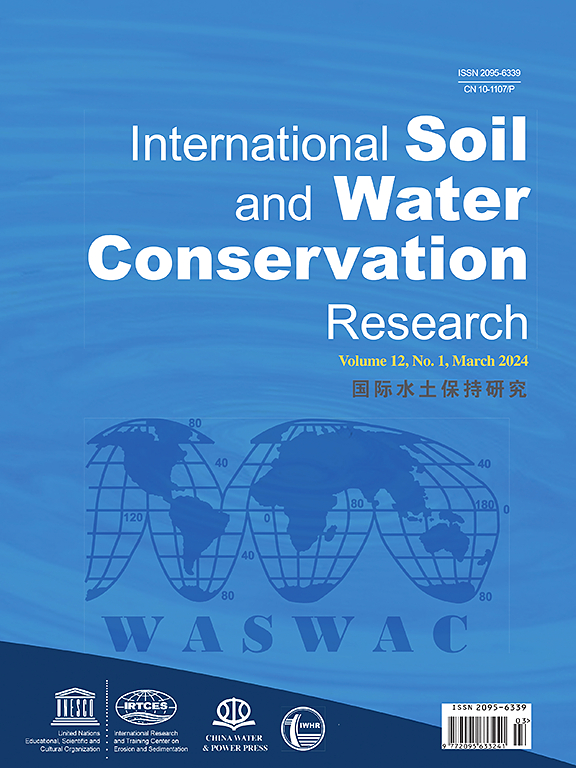Assessing gully erosion and rehabilitation using multi temporal LiDAR DEMs: Case study from the Great Barrier Reef catchments, Australia
Abstract
Millions of dollars are being spent on gully rehabilitation to help reduce excess fine sediment delivery to the Great Barrier Reef (GBR). There is an urgent need for (i) prioritisation of active gullies for rehabilitation and (ii) the development of methodologies to inform the effectiveness of remediation. In this study we analyse DEMs of Difference derived from 0.5 m resolution 2–3 year interval multi-temporal LiDAR data collected pre and post rehabilitation at three variable gully morphologies in the Burdekin catchment. Our analysis indicates that the highest annual average fine sediment erosion rates for the untreated control gullies occur at the linear gully (53.38 t ha−1 y−1) followed by linear-alluvial gully (34.24 t ha−1 y−1) and least at the alluvial gully (14.41 t ha−1 y−1). The proportional loss or export of fine sediment from the gullies in their un-treated condition ranges from ∼68 to 90% of what is eroded, and when the gullies are treated the proportion of fine sediment that is retained in the gully proportional to what is eroded increases to ∼60% at all sites. Without pre-treatment baseline erosion rates, and additional post treatment LiDAR captures, it is difficult to quantify the treatment effectiveness. Our results offer insights in the erosion mechanisms within different geomorphic gully morphologies and rehabilitation effects in these erosional landforms. This study provides crucial knowledge of gully dynamics that can be coupled with other lines of evidence for better prioritisation of rehabilitation in the GBR catchments.

 求助内容:
求助内容: 应助结果提醒方式:
应助结果提醒方式:


